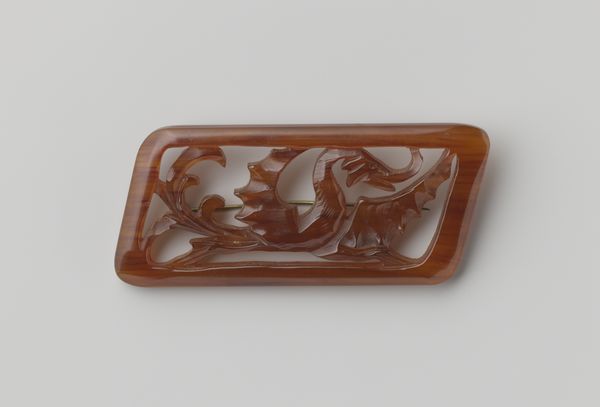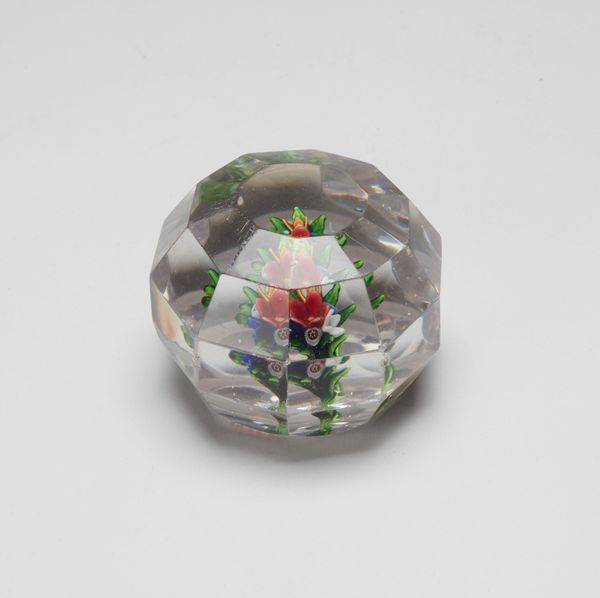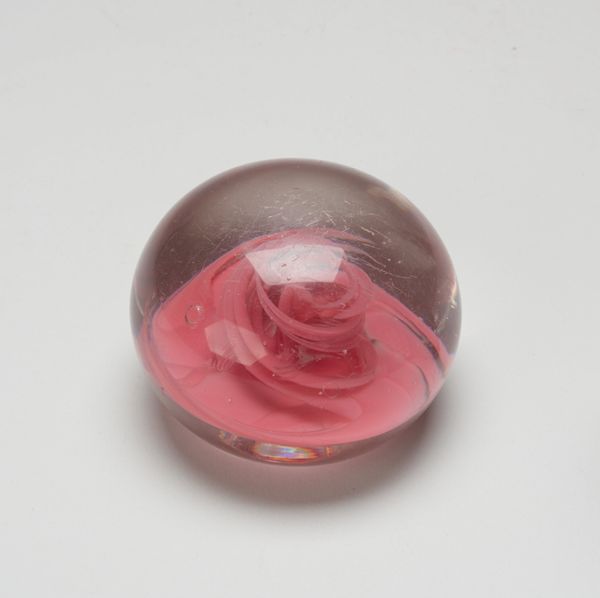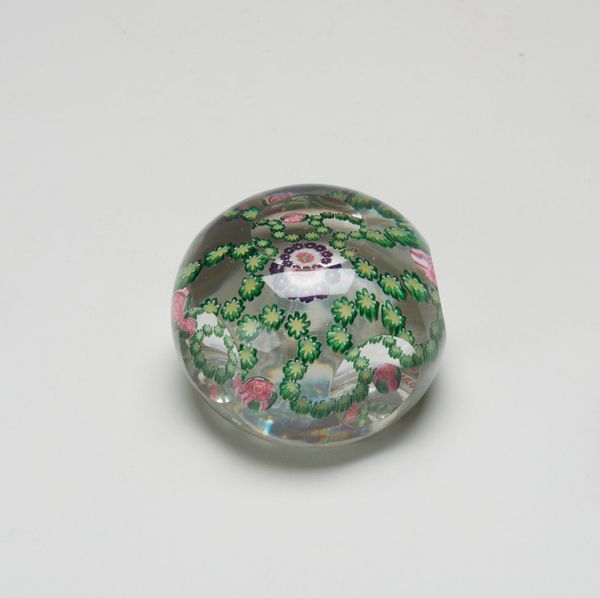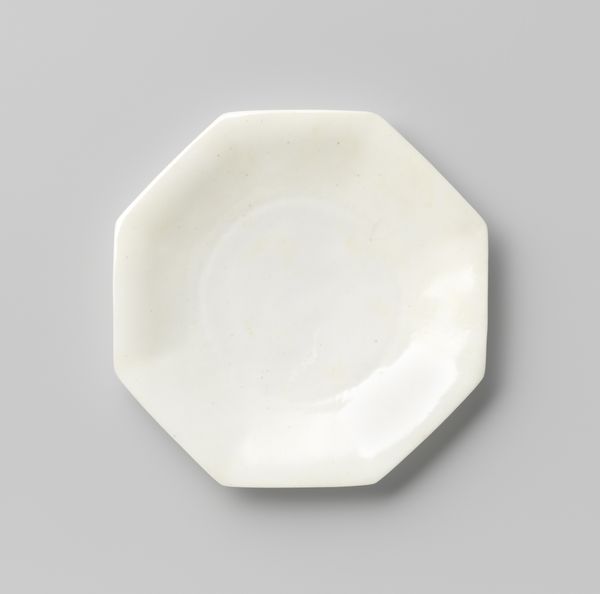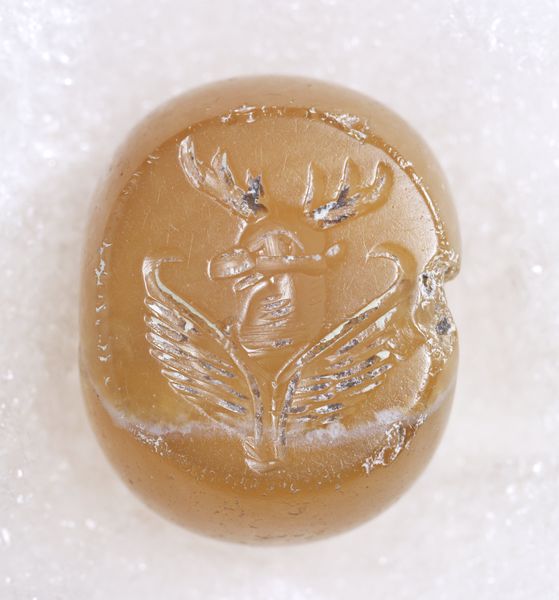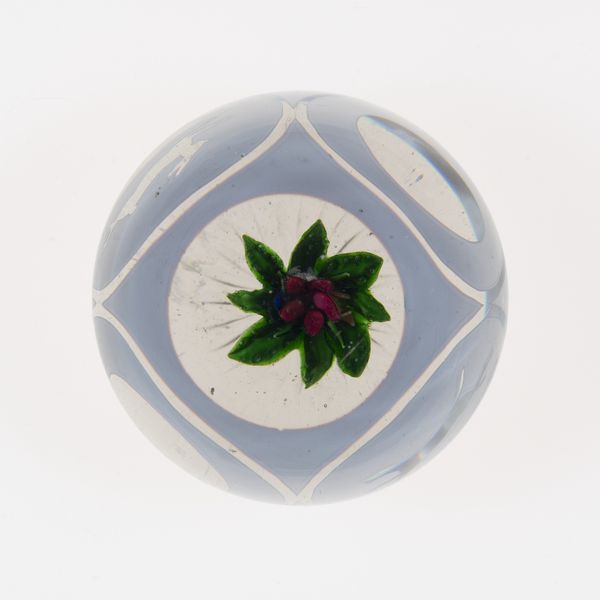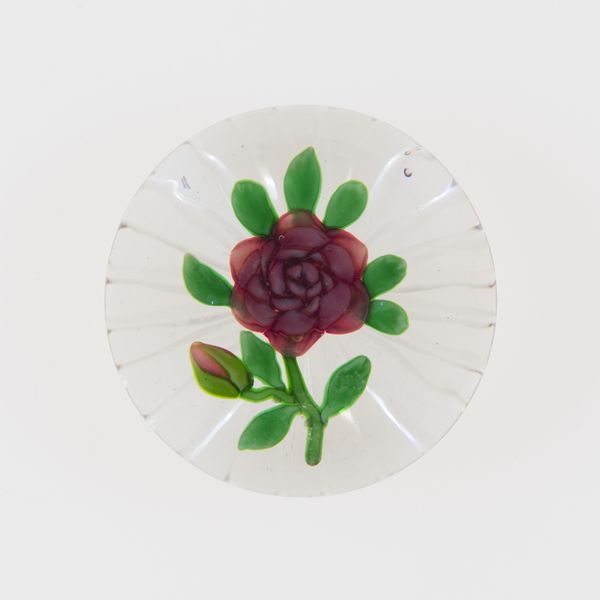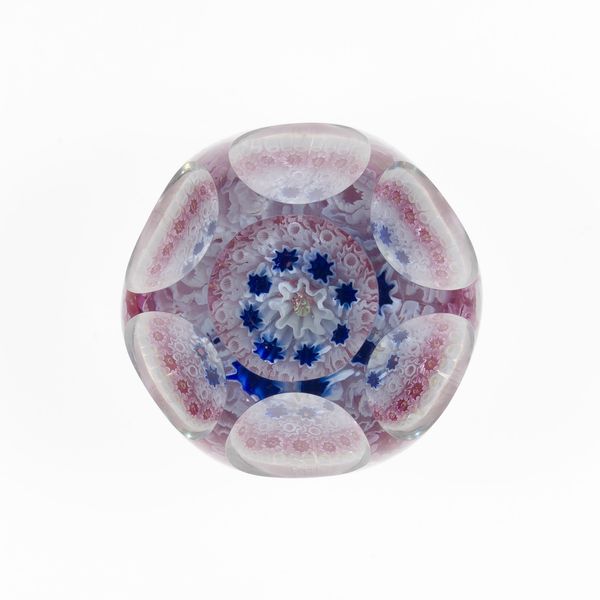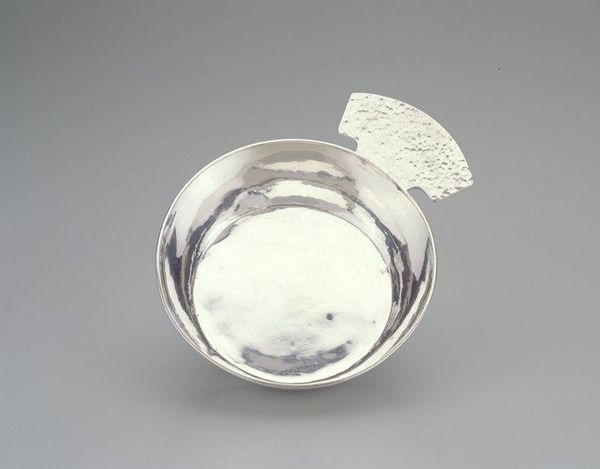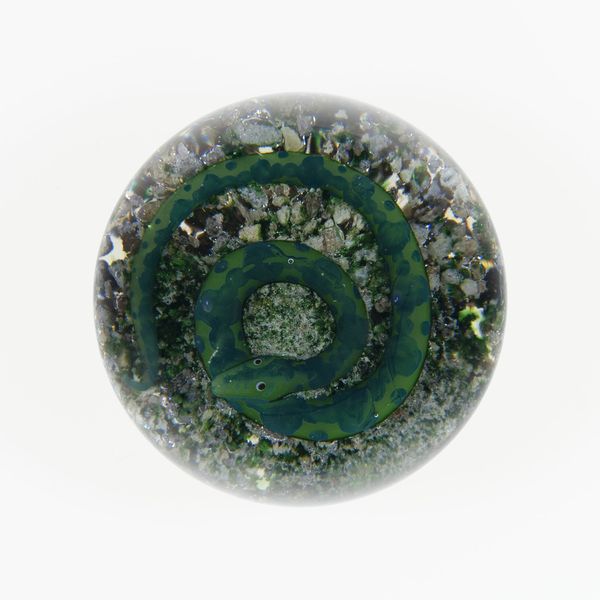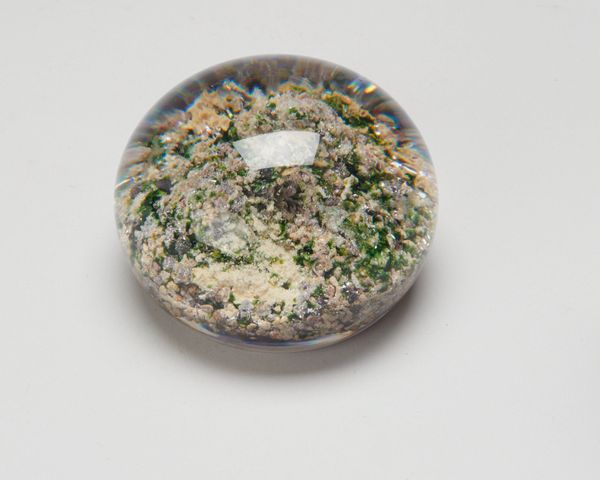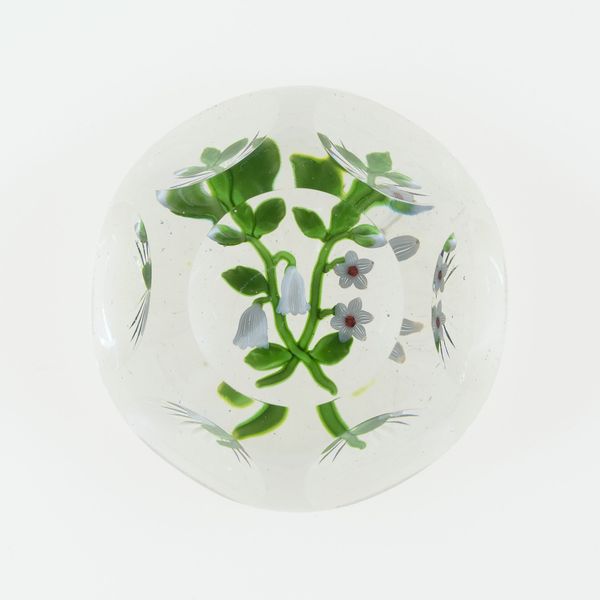
carving, metal, marble
#
carving
#
metal
#
geometric
#
ceramic
#
islamic-art
#
marble
#
miniature
Copyright: Public Domain
Editor: Here we have “One of twenty-one seals,” dating from around the year 800. It's currently housed at the Minneapolis Institute of Art. The seal, which looks to be made of carved marble with a metal ring, has this geometric design etched into its surface. It’s small but the markings are intriguing. What can you tell me about this work? Curator: What strikes me immediately is the emphasis on process. This wasn't some spontaneous gesture; the marble had to be sourced, carved with precision, and then fitted to the metal. Each step indicates specific labour. And it is not just labor, it's craft -- was it valued as "art" back then? Editor: I see your point. I hadn’t really thought about the labour involved. The scale seems so domestic, almost personal, considering its creation, and what this may mean about class structures. Curator: Exactly. Who had access to these materials and skilled laborers? Also, consider the function of the seal itself. What social or economic function did such objects have in that society? What would people seal with these, and thus control? What did those controls mean? Editor: That's fascinating. I suppose the seal represents a kind of authority and control over resources and information, mediated through material objects. It shifts the focus from aesthetics to social systems. The image carved into it may also provide more historical data about power in society? Curator: Precisely. This object invites us to consider power dynamics embedded within material culture. Every little item tells the story about society as a whole, doesn’t it? Editor: Definitely. Looking at it from that perspective, I understand that understanding its making, function and material contributes so much to understanding the era's cultural structures! Thanks.
Comments
No comments
Be the first to comment and join the conversation on the ultimate creative platform.
